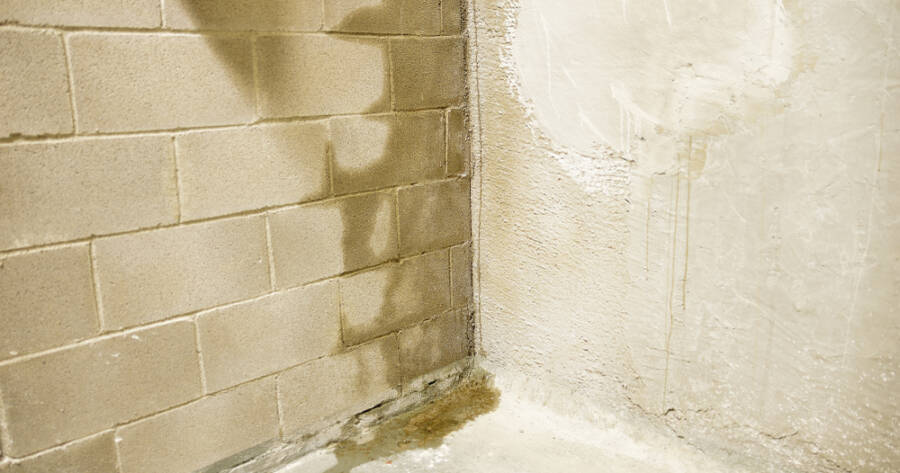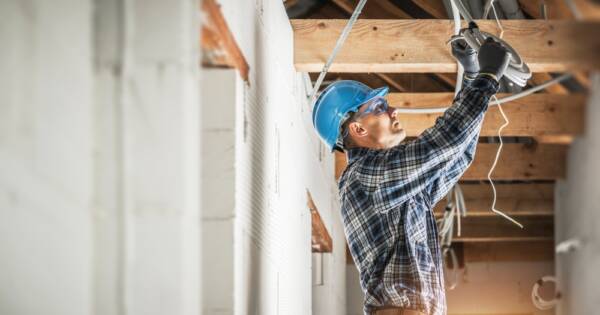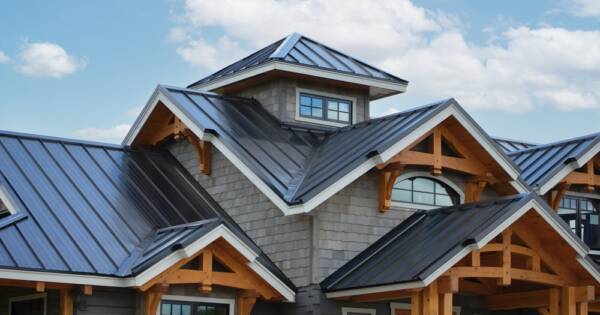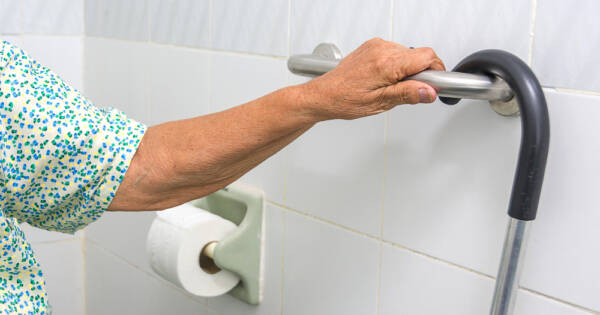Basement leaks, if not addressed promptly, can lead to significant issues like mold growth, structural damage, and reduced property value. Repair methods like hydraulic cement and preventative strategies such as proper drainage and waterproofing are essential in maintaining a dry and secure basement. Understand the effective solutions and preventative measures to safeguard your home from the adverse effects of basement leaks.
Understanding Basement Leaks
Basement leaks can quickly become a serious problem if not dealt with promptly. Addressing basement leaks as soon as they’re discovered is critical to preventing further damage. A slow leak, even if minor, poses potential risks such as mold remediation challenges that can be costly and time-consuming to fix.
Common Causes of Basement Leaks
There are various reasons why basement leaks occur. Hydrostatic pressure from groundwater, soil settlement, and poor drainage are common culprits.
Recognizing the type of foundation crack, such as horizontal, vertical, or stair-step, can provide insight into the structural issues and potential water entry points that lead to leaks. Additionally, external factors like rainwater, melting snow, and indoor humidity can contribute to excessive moisture in basements.
Effective Leak Repair Methods
One of the most recommended materials for patching leaks in basement walls is hydraulic cement. Unlike silicone sealants, hydraulic cement offers a stronger and more durable repair option. It’s important to handle with care, using gloves and a dust mask, due to its carcinogenic properties. Preparing the damaged area by cleaning and applying hydraulic cement beyond the crack ensures full coverage and stability of the repair.
For persistent leaks, using epoxy injection can seal the cracks effectively, while polyurethane sealant can provide a flexible option for joint sealing in foundation repairs. Implementing coatings to concrete walls enhances water repellency and leak prevention.
Preventative Strategies to Minimize Leaks
Ensuring proper drainage and water management around a home is a fundamental step in minimizing basement leaks. This involves landscaping with proper grading, maintaining gutter systems, and ensuring downspouts direct water at least 10 feet away from the foundation.
These preventive steps are crucial in directing water away from the home and reducing leak risks. Additionally, installing a drainage system with a sump pump can efficiently manage water and prevent potential flood damage inside the basement.
Long-term Solutions for Waterproofing
For a comprehensive approach to waterproofing, interior solutions like drainage systems and sump pumps are effective for managing water removal and maintaining a dry basement environment. Exterior solutions, such as installing waterproof membranes and French drains, offer an additional layer of protection against water infiltration.
It is advisable to consult with a professional to tailor these solutions to a home’s unique needs, ensuring robust and lasting protection.
Learn More About Basement Leak Repair
Understanding and addressing basement leaks is essential for maintaining a dry, healthy, and structurally sound home. By being proactive with leak repairs and preventative measures, homeowners can avoid costly damage, mold growth, and potential depreciation of property value.
Whether it involves patching small cracks with hydraulic cement or installing comprehensive waterproofing systems, these measures not only protect the home’s integrity but also enhance its comfort and usability. Engaging with professional services ensures a tailored approach, addressing both symptoms and root causes for long-lasting results.
Sources
Expert Advice on Basement Leak Repair
Foundation Leak Insights and Repair Methods




